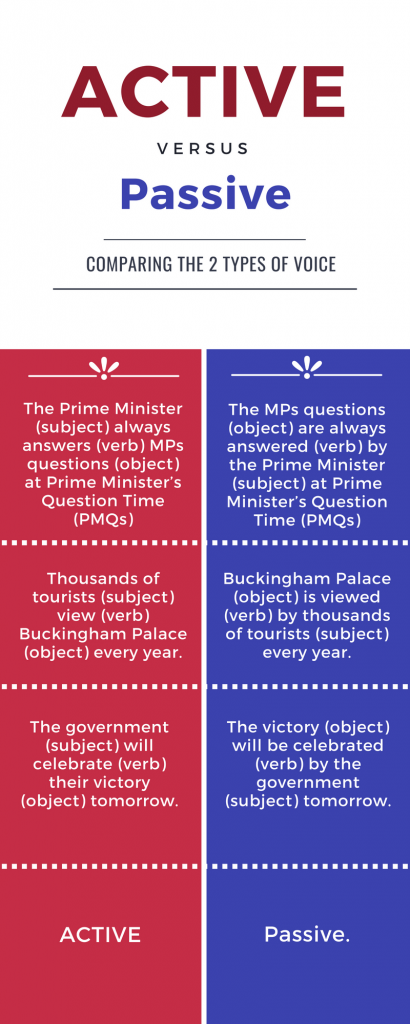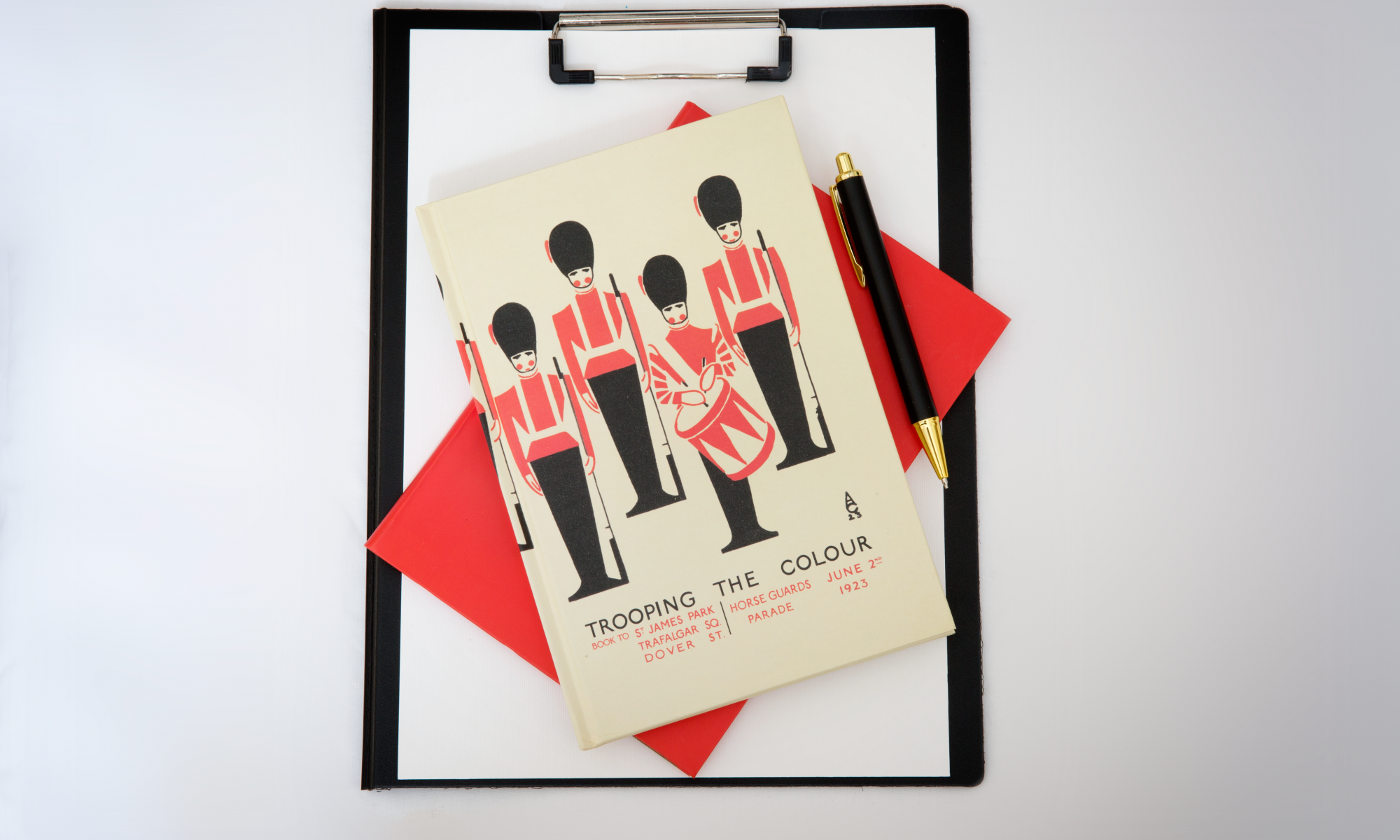I love it when a plan comes together! You’re starting a sparkly brand new course or moving into the next phase. Either way, it’s a fresh start; a new timetable; and a chance to say “Right, this year, no ifs, no buts, I am going to plan and be organised!”
Here are a few top tips on how to nail your organisation this year. In full disclosure, some of the links are Amazon affiliate links, which means at no cost to you I receive a small commission to put back into the site. I only ever recommend products I believe will be helpful to you.
One
Schedule a meeting with yourself.
- We turn up to lots of things, including things we don’t want to. Classes, seminars, dates or appointments. And, why do we turn up? Because they’re at set times and because we’ve deemed them to be important. But, when it comes to setting study time we don’t always do this. Some of it may be fear and procrastination, we get distracted, and time ticks on. But, before you know it another academic week has shot past!
- Be realistic and schedule definite times when you can’t study or do not wish to study. Also, when are you most productive? I never schedule anything on a Saturday afternoon – I don’t know why but I’m just useless. Nothing goes into my brain and nothing remotely creative comes out. It’s just a mental block from school times. My brain is saying “go and do something else because this ain’t happening?”
Two
Create clarity and distinctiveness.
- First, have a good de-clutter. It’s hard to create a system that will stand you in good stead to being organised if there’s stuff, including last year’s notes everywhere. File them somewhere and, if you’re completing a longer course, make sure they’re in great shape for when you need them to revise.
- Be honest, and review what worked for you in previous courses and what went a bit wrong. Set realistic changes for yourself that are actionable and measurable. For example, I’m going to download my electronic diary onto my phone so I can update it in real-time. Then, when it’s done; it’s done.
- Not everything needs to be electronic (see tip four) – Are you a visual person Do you need a diary or an academic planner. Perhaps, a wall planner could work for you? There are lots of cheap ones where everything falls off or the pens don’t work. I have used this one for several years; It gives me a whole year perspective but in this link, you can find lots of wall planners set by academic year too. (paid link)
A friendly note: If you’re at university (or at home) make sure you know the rules about blue-tac and pinning first (or it may be bye-bye deposit) : (
Three
Buy anything you need now…
- If you don’t have supplies to hand you will start your own ahem… ‘system’ on what you do have. I love these notepads. Oxford Campus Wirebound Notebooks, (paid link) been using them for years. Good quality paper, smooth writing and different bright colours to grab and go.
- Think about your system first, how you will divide your learning into manageable sections so you don’t get overwhelmed. This will tell you how many sets of flashcards, notepads or multi-coloured post-its you need.
Four
Create a structure to your electronic notes and files
- Do not have twenty files saying
ConflictandTensionTheFirstWorldWar18941918.1
ConflictandTensionTheFirstWorldWar18941918.2
ConflictandTensionTheFirstWorldWar18941918.3
ConflictandTensionTheFirstWorldWar18941918.4
Firstly, it’s completely uninspiring and overwhelming. Secondly, when you come back to it a year from now it will mean nothing!
Use dates, times, course numbers or specific themes such as your essay title.
- I use Dropbox (also my file insurance policy) and create folders within it. Much easier than having one long list of documents
- Set up a note in your phone to match each course heading or titles that mean something to you. Here you can add little bits of information as you go along. Make sure notes is switched on to back up to a cloud.
- If you think of something important, and it’s chunky, send an email to yourself with a good subject line to help you recall what the email was about. Your inbox will set up its filing system. All you need to do is create a filter using your name and press search.
As always, I’d love to know how you stay organised and if you found these tips useful. Drop me an email or DM at elizabeth_britpolitics on Instagram.
Catch-up soon
Elizabeth
[apsp-pin-image image_url=’https://www.pinterest.co.uk/pin/293859944438002644/’]












